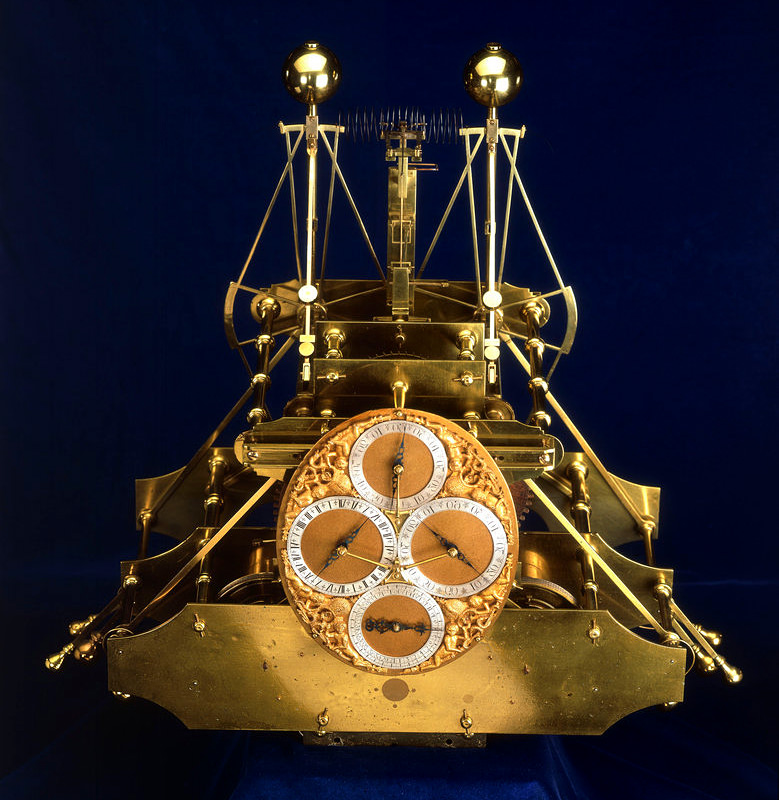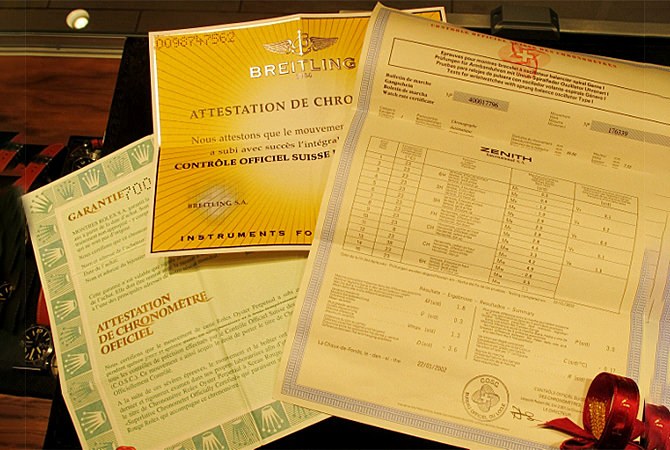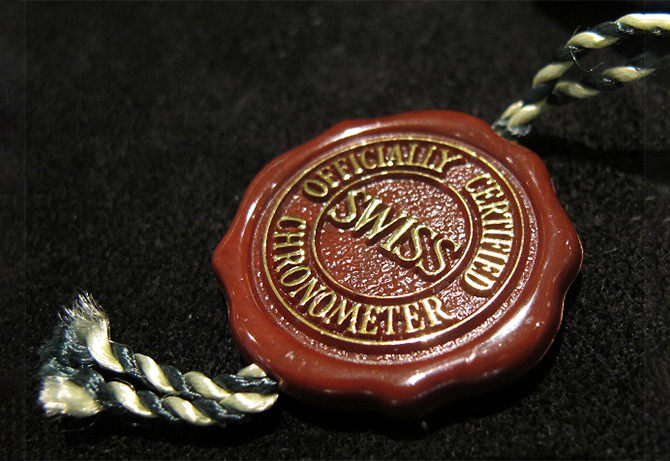Watch GlossaryChronometer
A chronometer is a high-precision timekeeper that has been tested over a period of time in different conditions, to ensure high quality that meets the standards of the Contrôle Officiel Suisse des Chronomètres (COSC)
May We Recommend
What is a chronometer?
The pursuit of accuracy in timekeeping has been going on since centuries. In the mechanical watchmaking industry, it has always been one of the key factors to improve the appeal of the timekeeping device. The chronometer term was hence crafted to track the accuracy of the time tellers. The term chronometer was coined in 1714 by Jeremy Thacker and basically meant “measure of time”. The first officially certified chronometer was the marine clock, developed by John Harrison between 1730 and 1760. It was a way of accurately measuring longitude at sea.


A commercially available chronometer didn’t emerge till 19th century. Wrist watches didn’t come into vogue until after the First World War, where they had become popular among soldiers as an easy way to check the time without fumbling through pockets. Up to then wristwatches were designed for women exclusively as pieces of jewellery, and accuracy was not of particular importance (variations of minutes a day was considered acceptable for women’s “wristlets”). The first chronometer wristwatch movement came about in 1910, and it came courtesy of a certain Hans Wilsdorf and his new company – Rolex.
The term chronometer is used in Switzerland for timekeepers that have been tested and certified by the Contrôle Officiel Suisse des Chronomètres (COSC), and outside Switzerland, there isn’t a specific body governing the precision standards. These timepieces go through a series of rigorous and extreme tests carried out by the COSC after the completion of which they receive an official individual serial number.

A chronometer is a high precision timekeeper that has been tested over a period of time in different conditions to test its quality. Each movement has been tested over several days in five positions and three different temperature controlled conditions. Any watch that has been awarded with the ‘chronometer’ feature has a movement that has been certified.







